Thanks to fairy tales, castles live in the popular imagination as places of the “happily ever after.”
Instead of signaling a promising future, they keep a history of wars and transforming territories into countries within their fortified walls.
Therefore, more than material riches, they are preserved as living memories from centuries ago.
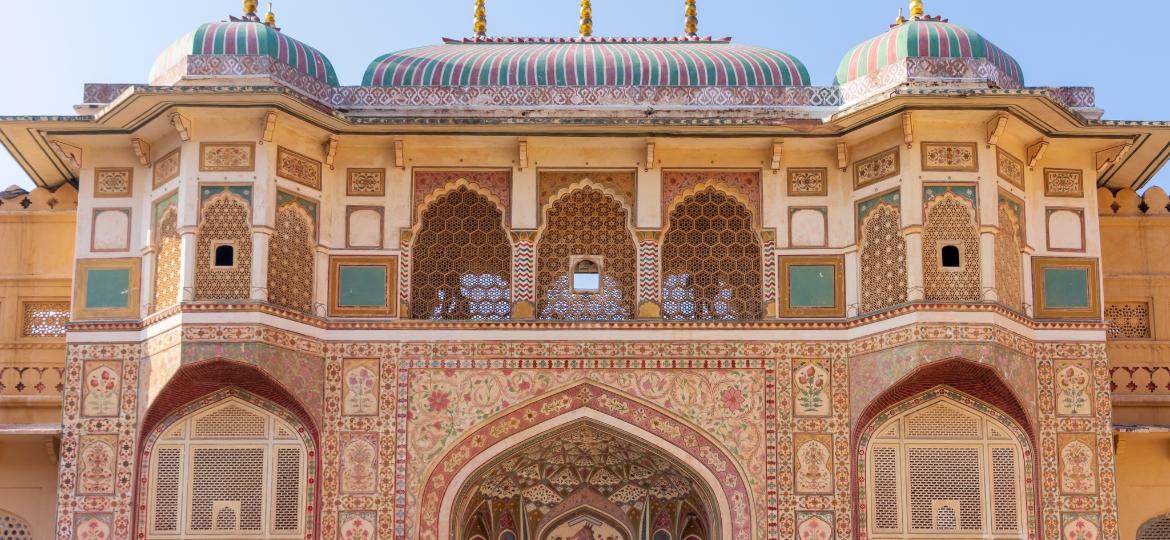
They also keep rooms, precious stones, arts, and other inventions of fabulous projects that their creators – kings and military people – had in their imagination.
CNN USA selected the ten representatives of castles worldwide because they are faithful examples of these ideas.
They have an interesting past but continue – centuries later – to delight their visitors.
Get to know which castles have been considered the most beautiful in the world:
AMBER FORT, INDIA
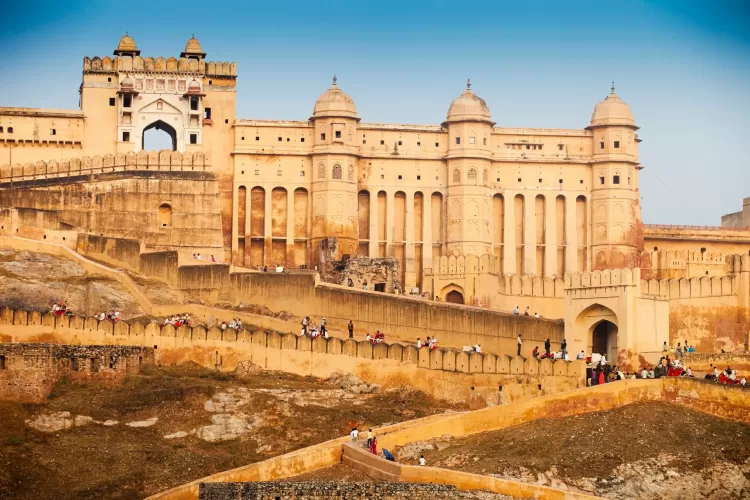
Built of marble and red sandstone in the 17th century during the Mughal rule of Rajasthan, the fortress at Amer, on the outskirts of Jaipur, has a rich palace interior with far-fetched courtyards as is characteristic of Rajput style architecture.
They are in the Maharaja’s quarters, Sukh Niwas (Hall of Pleasure), and Diwan-i-Am (the royal audience chamber).
According to American CNN, it was once customary to get there by elephant, but today visitors are advised to enter on foot or with a 4×4 cab to make the steep trek.
HIMEJI CASTLE, JAPAN
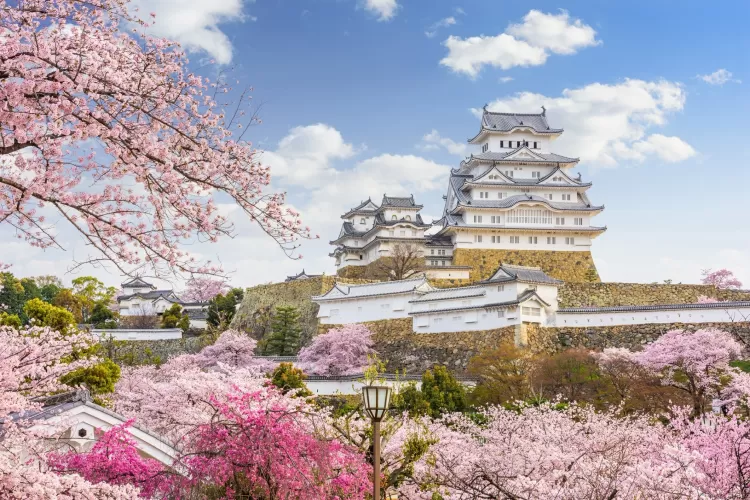
About 30 minutes by bullet train from Osaka and Kobe, Himeji is one of the main remaining castles from Japan’s feudal period.
Its structure was begun in 1333, still under Fort Himeyama. More than two centuries later, it was remodeled to largely correspond to the current design.
However, after expansions and reconstructions, the building would be completed only in the early 17th century.
Today, the castle, known as “the white heron” for its shape, welcomes tourists enchanted by its beauty or curious to understand more of the country’s history.
Guided tours are available daily in both Japanese and English. Like the Indian fort, this postcard is a UNESCO World Heritage Site.
NEUSCHWANSTEIN CASTLE, GERMANY
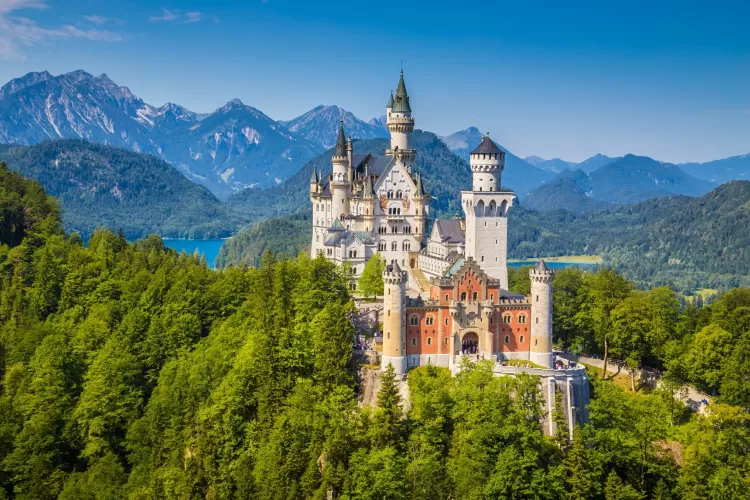
Best known for having inspired Disney’s Sleeping Beauty and Cinderella castles, this Bavarian castle is a symbol of the country.
Erected in the late 19th century, its design was made at the request of King Ludwig the 2nd, who wanted a residence that reflected Richard Wagner’s operas and medieval romantic ideals.
The building, however, was only completed after the king died, and it went through less golden periods in the 20th century, when it became a Nazi refuge.
With a rich architecture that blends Romanesque, Gothic, and Byzantine elements – Art Nouveau appendices were also planned but never came to fruition – it is a true history of art class.
PENA PALACE, PORTUGAL
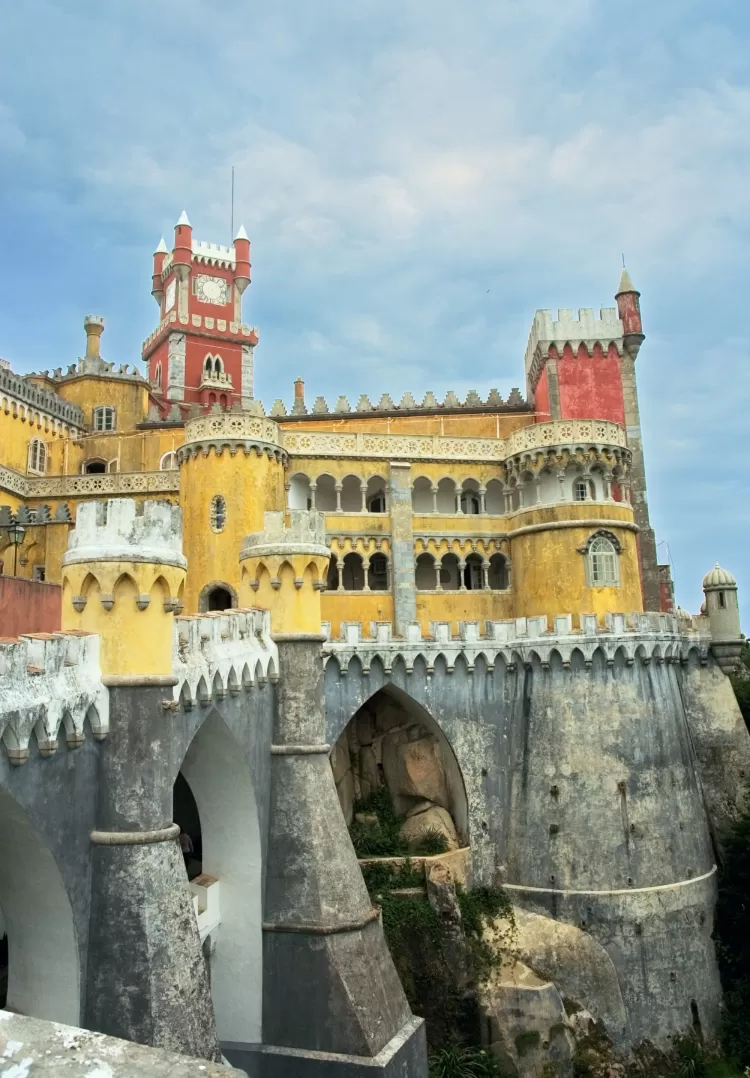
Another fruit of the Romanesque movement that gained traction in Europe in the 19th century, Pena Palace, despite its name, is a castle in Sintra built on the orders of King Ferdinand the 2nd.
Its purpose was to replace a destroyed former monastery dedicated to the Virgin of Pena.
Like the Bavarian representative on this list, it blends several architectural schools, such as Gothic, Renaissance, and Moorish.
Colored in red and yellow, it attracts visitors with its more vibrant atmosphere than other European castles.
KSAR OF AÏT-BEN-HADDOU IN MOROCCO
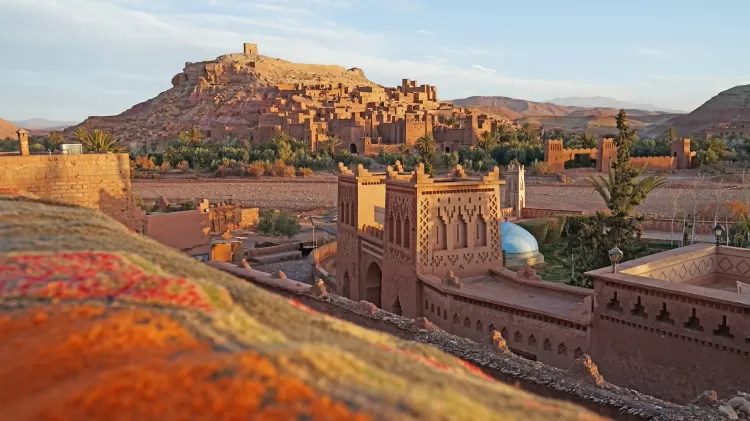
Also known as the Alcazar of Aït-Ben-Haddou, this mud-brick castle has made a name for itself in film and television, appearing as the setting for “Game of Thrones,” “Gladiator,” and “The Man Who Wanted to Be King.”
Its complex encompasses a fortified city at the base of the Asif Ounila River, where there are still residents and a partially destroyed citadel at the top of the hill.
Both were intended to protect the community of the region from invaders.
For those who want to know what it was like to live there, staying in one of the guest houses near the 17th-century castle is possible.
TOPKAPI SARAYI, TURKEY
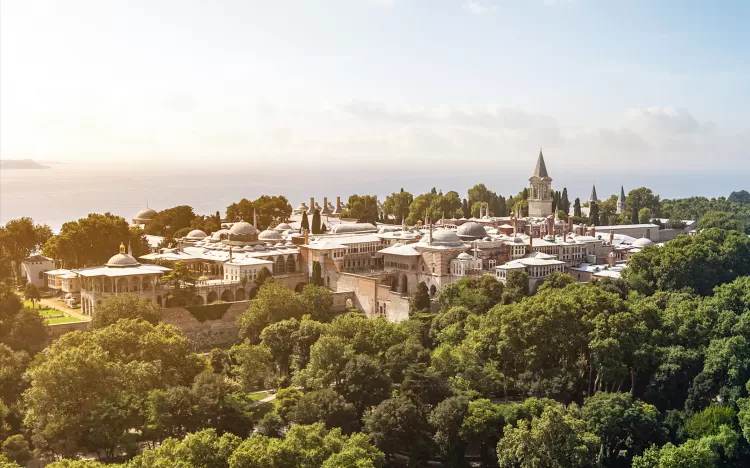
Topkapi is another member of this list that is officially called a palace.
Still, it is a castle: it has fortress walls, a defense structure, and gates, and it served as a royal residence – Ottoman sultans lived there from the 15th to the 19th century.
Converted into a museum after WWI, it is a delight for visitors with its beautiful and large gardens, observation points from which you can admire the entire Bosphorus Strait, a former harem where you can see the royal concubines’ quarters, works of art on the walls everywhere, and an imperial treasure on display famous for its dagger covered in emeralds.
CASTILLO DE CHAPULTEPEC, MEXICO
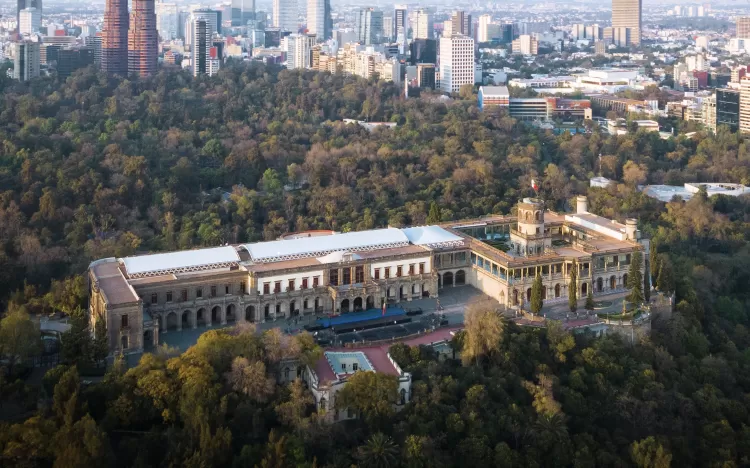
The only castle to have served as a royal residence west of Europe is in Mexico.
Erected in the late 1700s as a summer home for the viceroy of New Spain, as the territory was called at that time, it served in later years as the palace of Emperor Maximilian and as the scene of a battle between Mexican and American troops in 1847.
Today Chapultepec houses the Museum of Natural History of Mexico. But the royal quarters remain preserved and can be visited on castle tours.
ALCÁZAR OF SEGOVIA, SPAIN
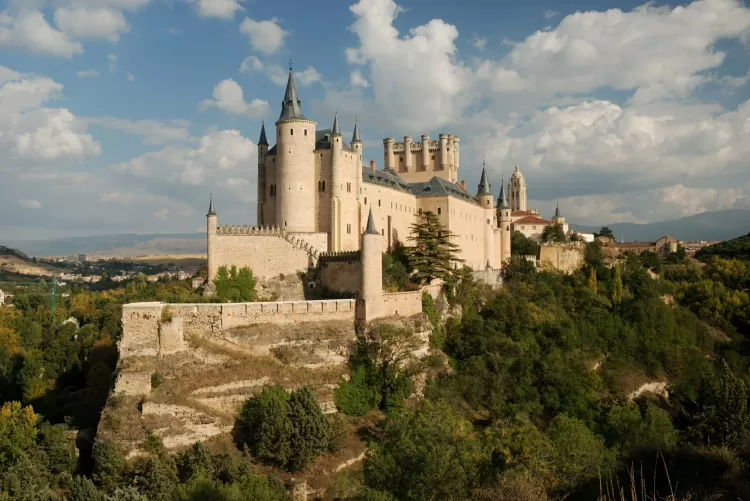
This is another Disney castle: the Alcázar of Segovia inspired the residence where Snow White lived with her stepmother (before the suggestion of a certain mirror) in the 1937 animation.
One of the most beautiful in Europe, it is filled with guard towers overlooking the entire ancient region of Castile.
Its area and structure began as a Roman fort – as the aqueduct of Segovia delivers – but evolved: in 1122, the first version of the castle was built in the Kingdom of Leon.
In the Castilian Reign of the region, between 1155 and 1214, it took on the forms it has today with luxurious royal quarters, a bridge, and a moat.
KRAK DES CHEVALIERS, SYRIA
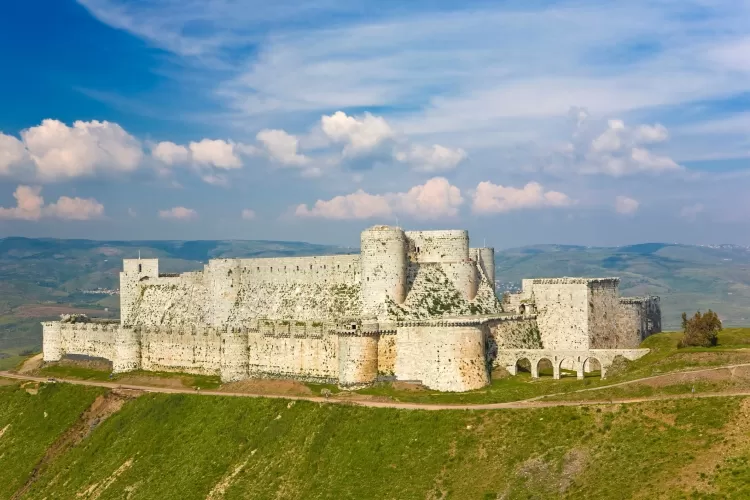
Known by its French name, Krak (or Crac) des Chevaliers, the Knights’ Fortress is still called Qal’at Al Hosn by Syrians.
It is currently impossible to visit it due to the war in the country, but it remains intact to this day – and is the only one on the list to have survived wars in the 21st century.
Built in the 12th century by the Knights of St. John, it was a European base in the Middle East during the Crusades and one of the great examples of medieval military architecture.
According to the latest Unesco report on its condition, made in 2019, the partial cooling down of the conflicts has allowed restorations and archeological work on its interior to resume.
VIANDEN CASTLE, LUXEMBOURG
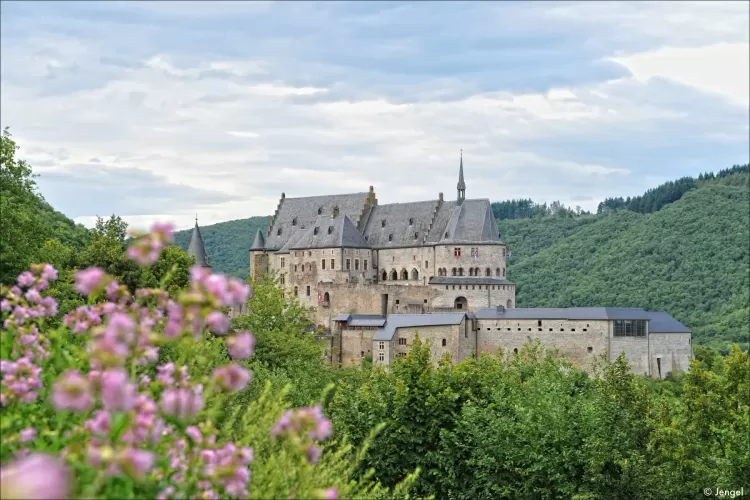
According to CNN, this is one of Luxembourg’s most spectacular castles- despite being a small country, it has more than 50.
On the site where Vianden stands today was an ancient Roman fortress that protected the empire from barbarian invasions.
It replaced, at least partially, the Roman structure between the 11th and 14th centuries, when it was built in its present form, mixing Romanesque, Gothic, and Renaissance elements.
In royal hands until 1977, when the Grand Duke handed it over to the state, Vianden now hosts an annual medieval festival in August, with battles between knights, minstrels’ recitals, and artisans’ fairs – just like centuries ago.
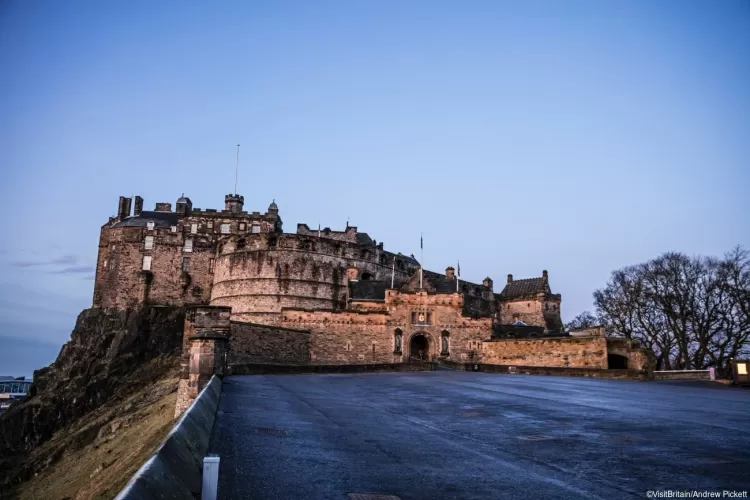
Another ten buildings complete CNN’s list of nominations:
- The Palace of the Grand Master of the Knights of Rhodes in Greece;
- Kalmar Castle in Sweden;
- Castillo San Felipe del Morro in Puerto Rico;
- Edinburgh Castle in Scotland;
- Novgorod Detinets (or Novgorod Kremlin) in Russia;
- Château de Chambord in France;
- Shuri Castle (or Shuri-Jo) in Japan;
- Bodiam Castle in England; Predjama Castle in Slovenia;
- Aragonese Castle in Italy,
- and Prague Castle in the Czech Republic.
With information from UOL
News travel, English news travel, Tourism, Castles

